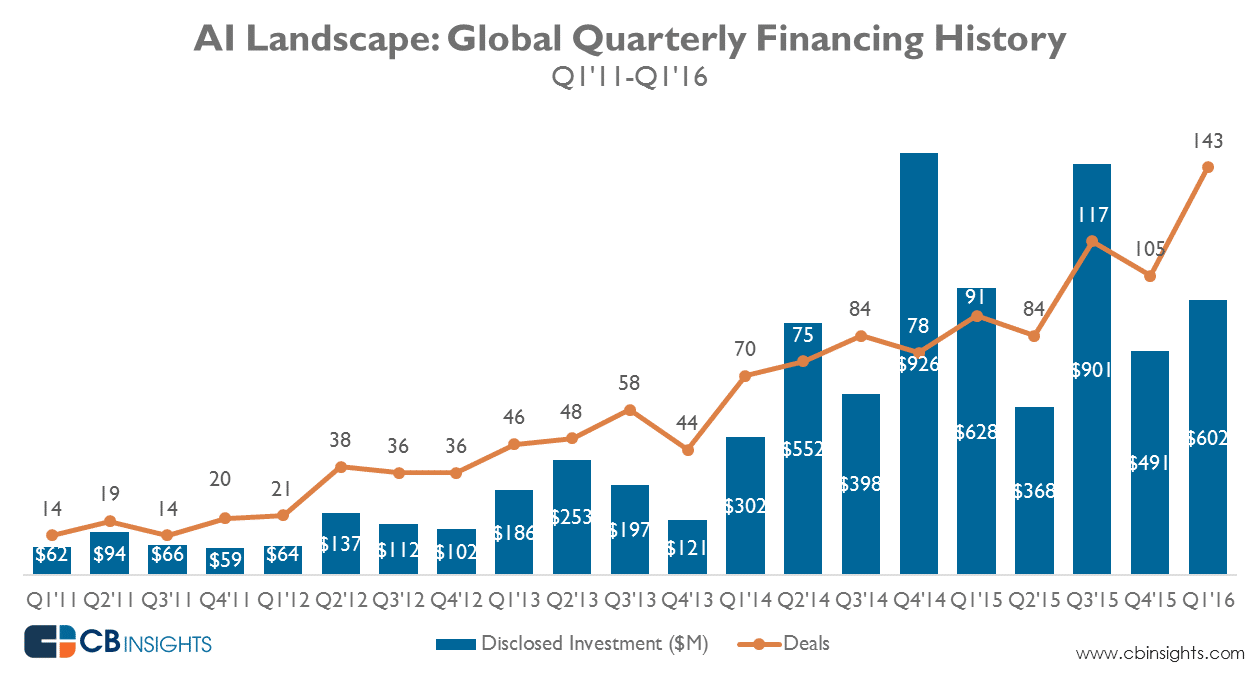Here’s What Artificial Intelligence Will Look Like in 2030
- by 7wData

Artificial Intelligence and Robotics are coming into our lives more than ever before and have the potential to transform healthcare, transport, manufacturing, even our domestic chores. Mary “Missy” Cummings, Director of the Humans and Autonomy Lab (HAL) at Duke University, and co-chair of the Global Future Council on Artificial Intelligence and Robotics, says the technology will work best in collaboration with humans. While cab drivers may fear for their jobs, she envisages a worldwide shortage of roboticists in 2030.
Artificial intelligence and robotics are showing up in every part of life, anywhere from driving, to the cellphones we use, how our data is managed in the world, how our homes are going to be built in the future. So given its ubiquity, it really is important to start addressing the strengths and limitations of artificial intelligence.
We’ve seen a lot of breakthroughs in data analytics. The example of Watson – which is an IBM set of algorithms – has been very impressive in terms of managing large amounts of data, and how to structure the data so that you can see patterns that may have not emerged otherwise. That has been an important leap. But oftentimes people confuse that leap with machine intelligence and the way that we think about intelligence for humans and it’s simply not true. So the big leaps that we have had recently in data analytics are important but also leave a lot of room for humans to assist these systems. I think the wave of the future is the collaboration of humans and these artificial intelligence technologies.
In a way it is making us smarter because we are able to leverage computers to search these databases in ways that we couldn’t before. It will change, for example, healthcare because we’re going to see these machine learning techniques try to get a better understanding of what symptoms might lead to certain diseases.
Right now, artificial intelligence is not nearly as smart as people would like it to be. We’re nowhere near a car that can drive itself under all conditions at all times, but we will see cars that can drive themselves very reliably under slow conditions and in environments that are relatively structured, on freeways, for example, with additional sensors that we can put in the roads.
[Social9_Share class=”s9-widget-wrapper”]
Upcoming Events
Evolving Your Data Architecture for Trustworthy Generative AI
18 April 2024
5 PM CET – 6 PM CET
Read MoreShift Difficult Problems Left with Graph Analysis on Streaming Data
29 April 2024
12 PM ET – 1 PM ET
Read More




